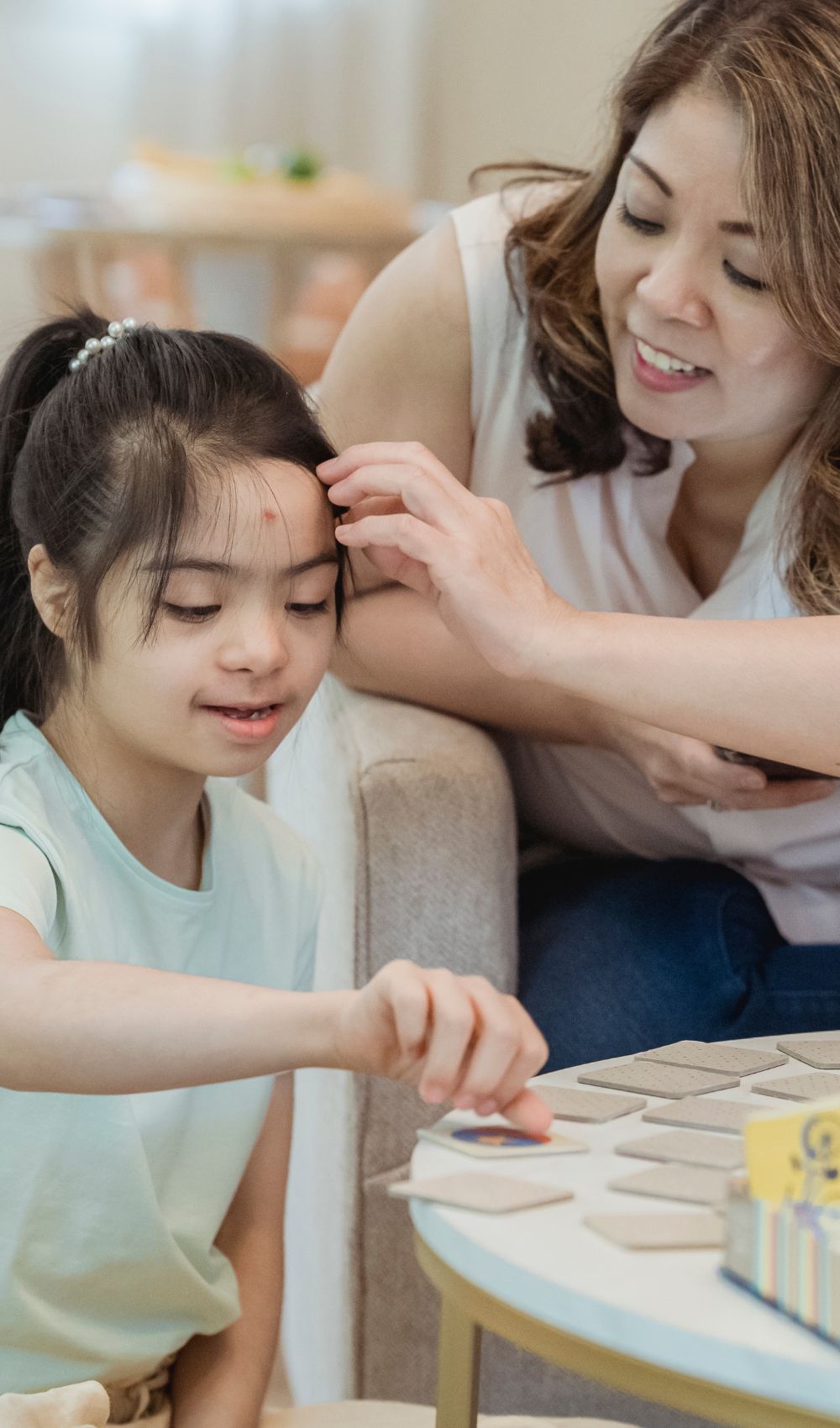March is Developmental Disabilities Awareness Month
Time to go beyond the conversations about developmental disabilities
The theme of this year’s Development Disabilities Awareness Month is “Beyond the Conversation.” The mission is to take the step after awareness and conversation and create tangible steps to include people with developmental in all facets of community life.
What are developmental disabilities?
A developmental disability is a condition caused by an impairment in physical, learning, language, or behavior areas. Developmental disability is the common term for a group of conditions that affect these areas and begin during the developmental period. They can impact daily functioning and can last a lifetime.
The CDC has set developmental milestones to track development progress and watch for any signs of developmental disabilities. There are social-emotional, cognitive, physical, and developmental milestones for every age including reacting to loud sounds at 2 months, waving goodbye at age 1, and recognizing simple rhymes at age 5. If your child constantly hits less than 75% of the CDC’s developmental milestones, then they may qualify for developmental screening, to determine if they may have a developmental disability.
Types of Developmental Disabilities
Developmental disabilities affect a person’s ability to learn and function in daily life. They can be detected not only by following the CDC’s developmental milestones but through a children’s school. Some developmental disabilities lead to difficulty with using language. For every condition, there are many accommodations that can be made to help a person integrate into daily life.
There are variations of developmental disabilities and related conditions, such as learning and language disorders, and intellectual disabilities. Below are a few examples of developmental disabilities.
ADHD
ADHD is one of the most common neurodevelopmental disorders of childhood. This disorder affects a person’s ability to focus, stay in a routine, remember important dates, and more. It is usually diagnosed first in childhood and often lasts into adulthood. Treatment includes medication and lifestyle changes.
Autism Spectrum Disorder (ASD)
ASD is a developmental disability caused by differences in the brain that can cause differences in the way they behave, communicate, interact, and learn. It is a spectrum disorder, so some people with ASD may have advanced conversation skills whereas others may be nonverbal. Some people with ASD need a lot of help in their daily lives; others can work and live with little to no support.
Fragile X Syndrome
Fragile X syndrome is the most commonly known cause of an inherited intellectual disability worldwide. It is a genetic condition caused by a mutation (a change in the DNA structure) in the X chromosome. Common symptoms include difficulty communicating, difficulty in social situations, sensory processing issues, behaviors similar to autism, and anxiety.
Tourette Syndrome (TS)
TS is a nervous system condition that causes people to have “tics”. Tics are sudden twitches, movements, or sounds that people do repeatedly. People who have tics cannot stop their bodies from doing these things.
Building Bridges: Interacting with Adults Who Have Developmental Disabilities
Adults with developmental disabilities and their caregivers share stories about their interactions with healthcare professionals. In this video from the Cleveland Clinic, you can gain perspective and recognize behaviors that improve communication, heighten satisfaction, and build strong connections with patients. Dr. Katie Neuendorf, the sister of a featured patient, shares her personal insight about how providers may enhance these encounters.


